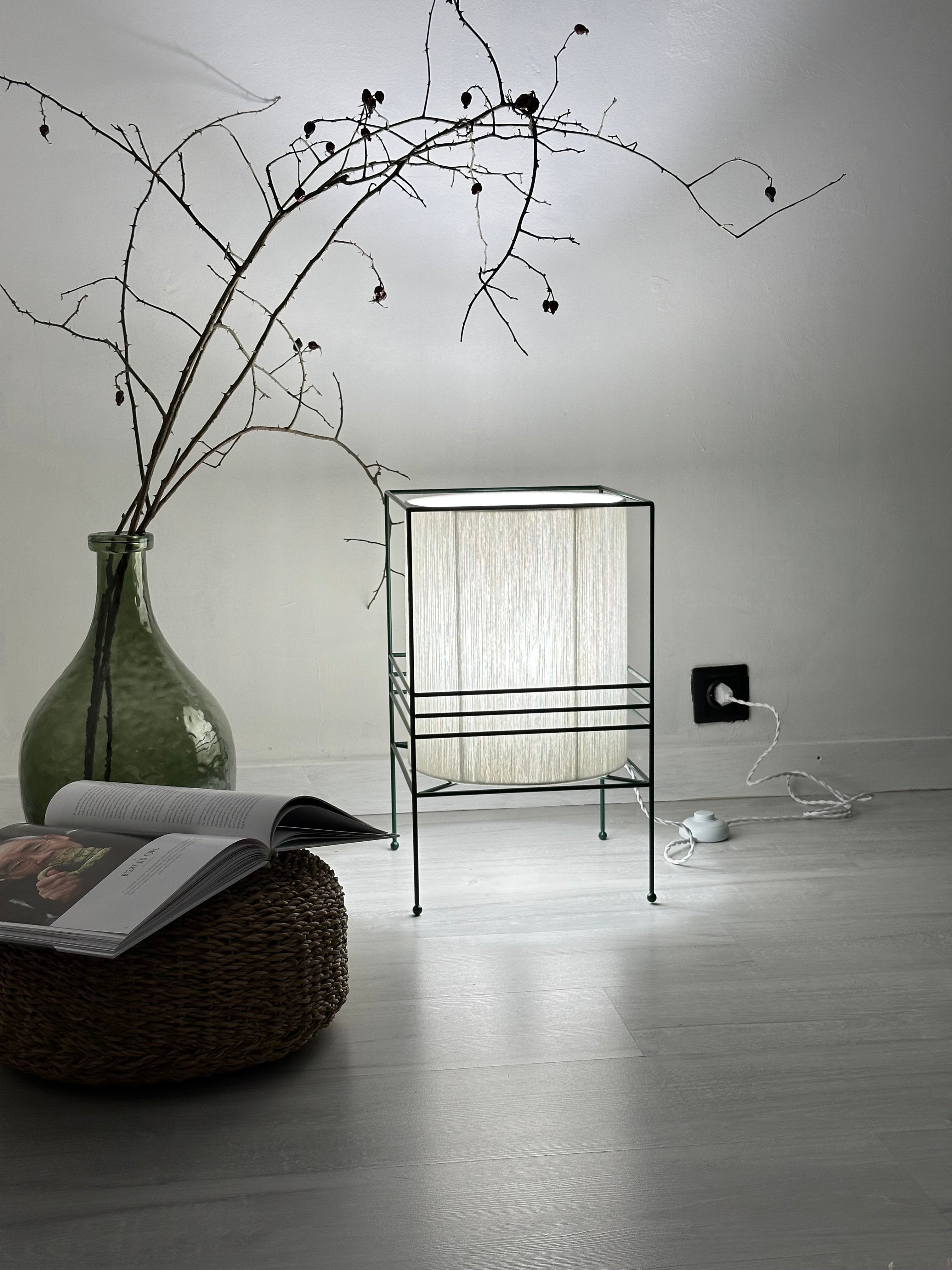Open-concept living is elegant and spacious—but it requires thoughtful lighting to truly work. Without walls to separate rooms, lighting becomes the key to defining zones, creating intimacy, and guiding movement. The right combination of sculptural fixtures and layered illumination ensures that open interiors feel both cohesive and functional.
Why Zoning Matters in Open Spaces
An open-plan layout blends kitchen, dining, and living areas into a single environment. While this creates visual flow, it also risks feeling flat or chaotic.
Lighting acts as the invisible architecture that shapes purpose without physical barriers. A well-designed lighting plan tells the eye where one “room” ends and another begins.
Layered Lighting: The Foundation of Zoning
To make open interiors feel organized and dynamic, designers rely on three key layers:
Ambient Lighting – General illumination that sets the overall brightness. Sculptural chandeliers or large ceiling lights create balance and distribute soft, even light.
Task Lighting – Focused illumination for specific activities such as cooking or reading. Think pendant lights above kitchen islands or PletoStudio’s statement floor lamps near a reading chair.
Accent Lighting – Decorative fixtures that highlight art, textures, or architectural details, adding visual rhythm and depth.
Blending these layers allows homeowners to transition seamlessly from day to night and from one activity to another without losing unity.
Sculptural Fixtures as Visual Anchors
In the absence of walls, lighting fixtures themselves act as room dividers.
A dramatic chandelier above the dining table defines the eating area.
A tall, sculptural floor lamp near a sofa signals a lounge or reading corner.
Table lamps on a console can frame a workspace or entry point.
PletoStudio’s handcrafted lighting—built from natural wool, biocomposites, and organic forms—does more than brighten spaces. It creates artistic focal points that establish boundaries while keeping the openness intact.
Natural Materials for Warm Cohesion
To prevent an open-concept home from feeling cavernous, warm, natural textures are essential. PletoStudio lampshades made from Carpathian wool, linen, or paper soften light, adding depth and intimacy.
These materials also tie different zones together visually, ensuring that the kitchen, dining, and living areas feel like parts of one harmonious story.
Practical Zoning Ideas
Dining Area: Place a large pendant or chandelier to anchor the table. Choose dimmable bulbs for flexibility between lively dinners and soft, late-night conversations.
Living Zone: Use a pair of sculptural floor lamps to frame a seating group, balancing natural daylight with cozy evening glow.
Kitchen Island: Add focused pendant lights for cooking tasks, mixing style and precision.
Reading Nook: Define a quiet corner with a handmade wool lampshade that casts a warm, relaxing light.
The Sustainability Advantage
Open spaces often require multiple fixtures to achieve balance. Choosing energy-efficient LED lighting and durable, artisan-crafted pieces reduces environmental impact and ensures that each lamp lasts for decades.
PletoStudio’s commitment to slow design and eco-friendly materials makes it easy to illuminate homes beautifully and responsibly.
Designing Flow Through Light
Thoughtful zoning doesn’t just separate—it connects. Repeating materials (such as natural linen shades) or shapes (like rounded lamp bases) across different fixtures creates a subtle visual rhythm that draws the eye through the space. This sense of flow keeps the interior open while gently guiding movement.
Lighting for open-concept homes is more than illumination—it’s a design strategy. With layered light, sculptural focal points, and natural textures, PletoStudio lighting transforms large interiors into balanced, intimate environments where every activity feels perfectly placed







